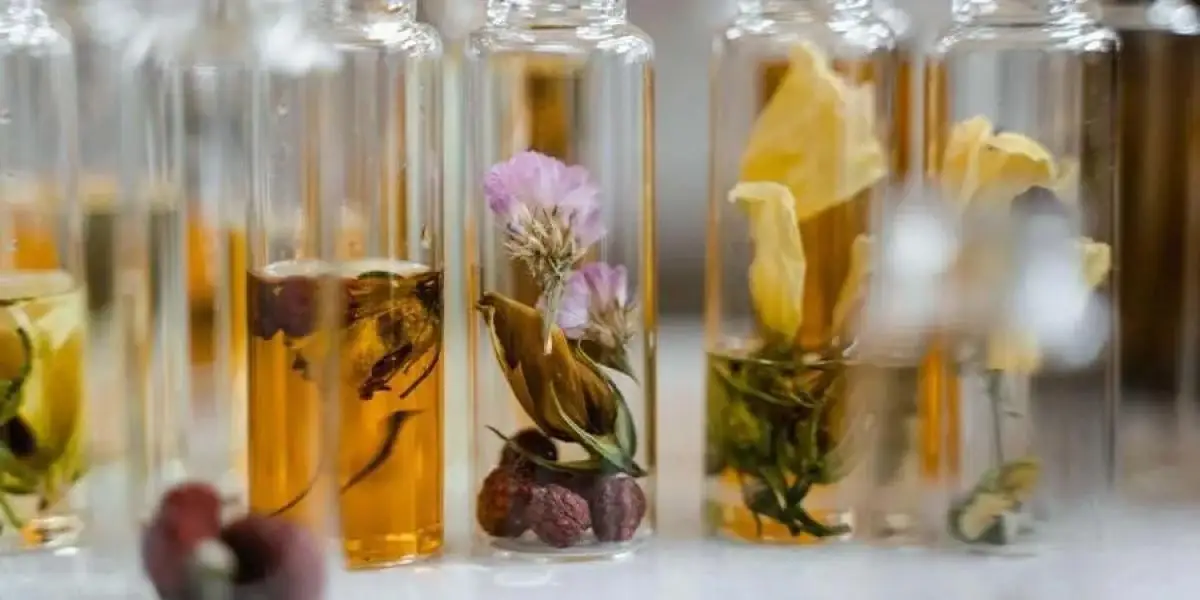The Most Unusual Ingredients in Modern Perfumery: From Black Truffle to Seaweed
The Most Unusual Ingredients in Modern Perfumery: From Black Truffle to Seaweed
Blog Article
Introduction
Modern perfumery is a world of innovation, where traditional ingredients often step aside to make room for the rare and exotic. Today’s perfumers are continuously pushing boundaries, creating unique and memorable scents by incorporating ingredients that are as unusual as they are intriguing. From earthy black truffle to oceanic seaweed, such unexpected elements have added depth to perfumes and attracted a growing audience, especially men’s fragrances.
What Makes an Ingredient Unusual in Perfumery?
In the vast world of scents, unusual ingredients are those that, because of their origin, rarity, or unique notes, bring to a fragrance. They might come from distant regions or evoke sensations not typically associated with perfume, such as salty, savory, or even inky notes. These components create a distinct character, making the scent stand out in a crowded market.
Perfumers gravitate toward these ingredients because they allow for greater creativity and differentiation. The artistry lies in balancing these exotic elements to craft something wearable and unforgettable.
The Evolution of Perfumery Ingredients
Perfumery has evolved dramatically over the centuries. Traditional ingredients such as roses, jasmine, and sandalwood once dominated, but modern fragrances have moved toward more eclectic choices. This evolution stems from technological advances and a desire to offer consumers something novel and unique.
The use of unusual ingredients is not only about creating a new scent but also about telling a story. Today’s perfumes aim to evoke emotions, memories, or even places, and rare ingredients help achieve that.
Black Truffle: The Earthy Luxury
Black truffle, a highly sought-after culinary delicacy, has entered the world of perfumery. Known for its rich, earthy aroma, black truffle brings an element of luxury and depth to fragrances. This unusual ingredient enhances the overall complexity of a scent, especially when combined with woody or spicy notes.
Several men’s scents have embraced black truffle, giving them a bold and mysterious edge. The scent makes a lasting impression, adding a layer of sophistication and intrigue to any fragrance collection.
Seaweed: A Splash of the Ocean
Seaweed might seem odd as a perfume ingredient, but it has become increasingly popular, particularly in men’s perfumes. Its fine quality evokes the sensation of ocean breezes and saltwater—a water ingredient for summer fragrances, adding a crisp and refreshing note.
Perfumes featuring seaweed often capture the essence of the sea, with a balance of salty and green accords. It’s a modern ingredient that speaks to the growing trend of nature-inspired scents.
Saffron: A Golden Spice in Fragrance
Saffron, one of the most expensive spices in the world, is a gem in the world of ery. This golden spice brings warmth, richness, and a hint of sweetness to fragrances, making it a favorite among luxury perfumes. Saffron’s versatility allows it to be used in floral and spicy compositions, often giving perfumes an exotic twist.
Ink: The Artistic Edge
Imagine the scent of ink—leathery, metallic, and slightly smoky. This is another example of how perfumery borrows from unexpected places. Ink notes can give perfumes a moody and artistic edge, perfect for those who want to stand out with something avant-garde. It’s a rare find but adds a distinctive character to any fragrance.
Beeswax: Nature’s Sweet Embrace
Beeswax has long been admired for its ability to add a sweet, honeyed warmth to fragrances. In recent years, it has found its way into more perfumes, offering a natural and comforting scent. This ingredient works beautifully in fragrances, creating a subtle yet captivating base that blends with other earthy or woody notes.
Caviar: The Epitome of Opulence
Caviar, synonymous with luxury, brings a salty, aquatic vibe to high-end fragrances. It’s an unusual but opulent ingredient gives perfumes a sense of indulgence. When incorporated into fragrances, caviar gives a subtle depth, enhancing the fresh and salty notes in marine-inspired scents.
Ambergris: The Ocean’s Secret Treasure
Ambergris is one of the most legendary and valuable perfumery ingredients. Derived from the digestive system of sperm whales, it has a complex scent profile—earthy, sweet, and oceanic all at once. It’s been used in perfumes for centuries and is a prized ingredient today.
Coffee: Energizing Fragrances
With its bold, roasted aroma, coffee has become trendy in modern perfumery. Its richness and warmth make it a favorite for creating deep, intoxicating scents, especially in men’s fragrances. Coffee adds an earthy, gourmand quality that blends well with spicy or woody notes.
Tobacco: The Smoky Sensation
Tobacco is another ingredient making a strong comeback in modern perfumery. Its smoky, sweet scent adds a sense of ruggedness and sophistication. Perfumes featuring tobacco often create a bold, statement-making fragrance that leaves a lasting impression.
Animalic Ingredients: A Controversial History
Previously, ingredients like civet, musk, and castoreum, derived from animals, were commonly used in perfumery. While they added complexity and warmth, ethical concerns have led to the development of synthetic alternatives. Today, many perfumes incorporate lab-created versions to replicate the richness of these animalic notes without harming animals.
The Future of Unusual Ingredients in Perfumes
As sustainability becomes a growing concern in the fragrance industry, unusual ingredients may evolve to include eco-friendly and renewable resources. Perfumers will likely continue to push the envelope, experimenting with natural ingredients while maintaining an ethical approach.
Conclusion
From the earthy richness of black truffle to the salty allure of seaweed, modern perfumery is defined by its use of unconventional ingredients. These rare and exotic elements are not just about creating new scents—they tell stories, evoke emotions, and offer a unique sensory experience. Report this page
